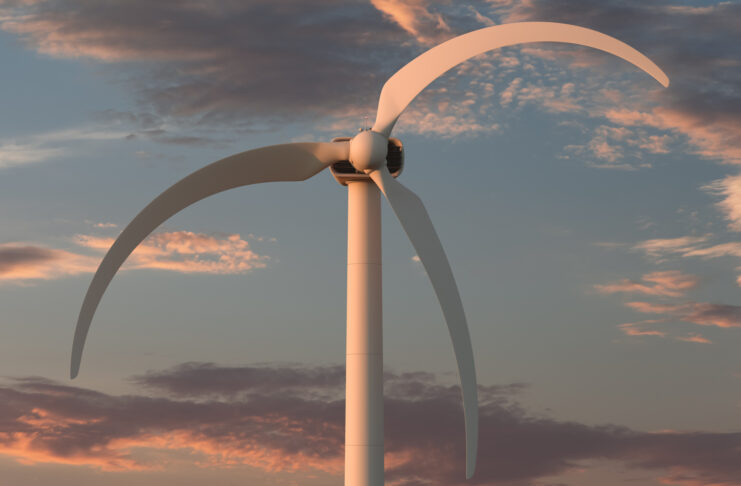Honesty about the costs and trade-offs required to reach the carbon emissions targets politicians have established has always been a rare, if not entirely absent thing.
The political calculus for keeping people in the (metaphorical) dark about such costs and choices isn't hard to understand. Tell people the truth about how much their lifestyles will have to change and their costs will rise, and they may not just balk at those changes, they may also toss the pols who established the new high-price, low-option regime out of office.
All of which serves as background for a story out of New York about offshore wind farms; it turns out the costs to build, run and maintain these seaborne windmills are rising faster than revenues. The state's answer: raising electric bills for consumers.
According to the Wall Street Journal:
Analysts say New York's attempt to find new price points acceptable to developers, regulators and investors suggests the broader market's adjustment won't be easy.
“Does the market have the courage to kind of pay these higher prices for clean energy?” David Hardy, chief executive of energy firm Orsted Americas, said at a conference in New York last month.
He added that ratepayers would ultimately be the ones ponying up. “But the question is, like: What's the alternative?” he said.
There are a host of alternatives, few of which will be kind to the offshore wind companies.
That includes ratepayers taking their frustrations out on the local political class. It's not inconceivable (outside the C-suite, that is) that voters may replace politicians whose green dreams are behind their higher electric bills with officeholders who put ratepayers' interests first.
A few people may decide higher electric rates are the final straw, and decide to leave New York behind. Still others may just grumble and pay the higher rates. But if our recent experience with inflation has taught us nothing else, it's that there are limits to how much people will pay, even for staple goods and services. And while it's hard to substitute electricity for something less expensive (particularly when the greens have declared cheap, abundant natural gas a sin, and nuclear energy an even greater sin), then cutbacks will occur elsewhere in the family budget.
Yes, there are alternatives because ratepayers are also taxpayers and voters. And their choices will determine the future of the seaborne windmill market.
But let's at least give the windmill owners a hand in being honest about the costs of green energy and who will pay the bill.
And perhaps in part because of those bills – which include a host of other inputs like materials, labor, government permits and interest rates, the ultimate alternative has been found: wind companies themselves deciding it makes no sense to build the projects any longer:
Danish energy developer Orsted said Tuesday night it is scrapping two large offshore wind power projects off the coast of New Jersey, adding uncertainty to a nascent industry the Biden administration and many state governments are counting on to help transition away from the burning of planet-warming fossil fuels.
The company said it is canceling its Ocean Wind I and II projects in southern New Jersey, citing supply chain issues and rising interest rates.
Orsted's American operations head may want to contact the home office about what other alternatives may lie ahead.
The opinions expressed in this article are those of the author and do not necessarily reflect the positions of American Liberty News.
READ NEXT: Fmr. Congressman Who Offered Aides $5 Million To Have His Child Runs For Congress Again


